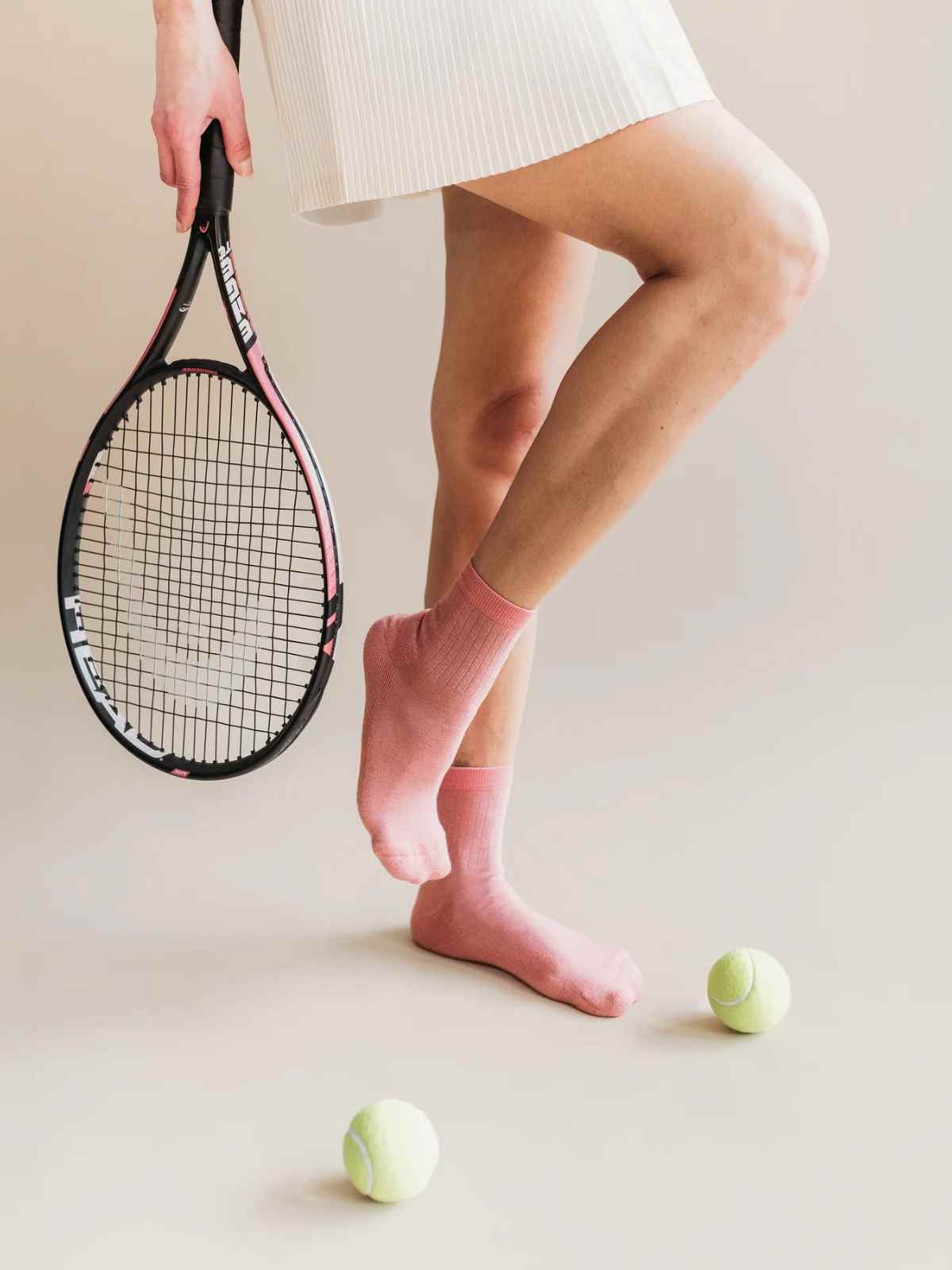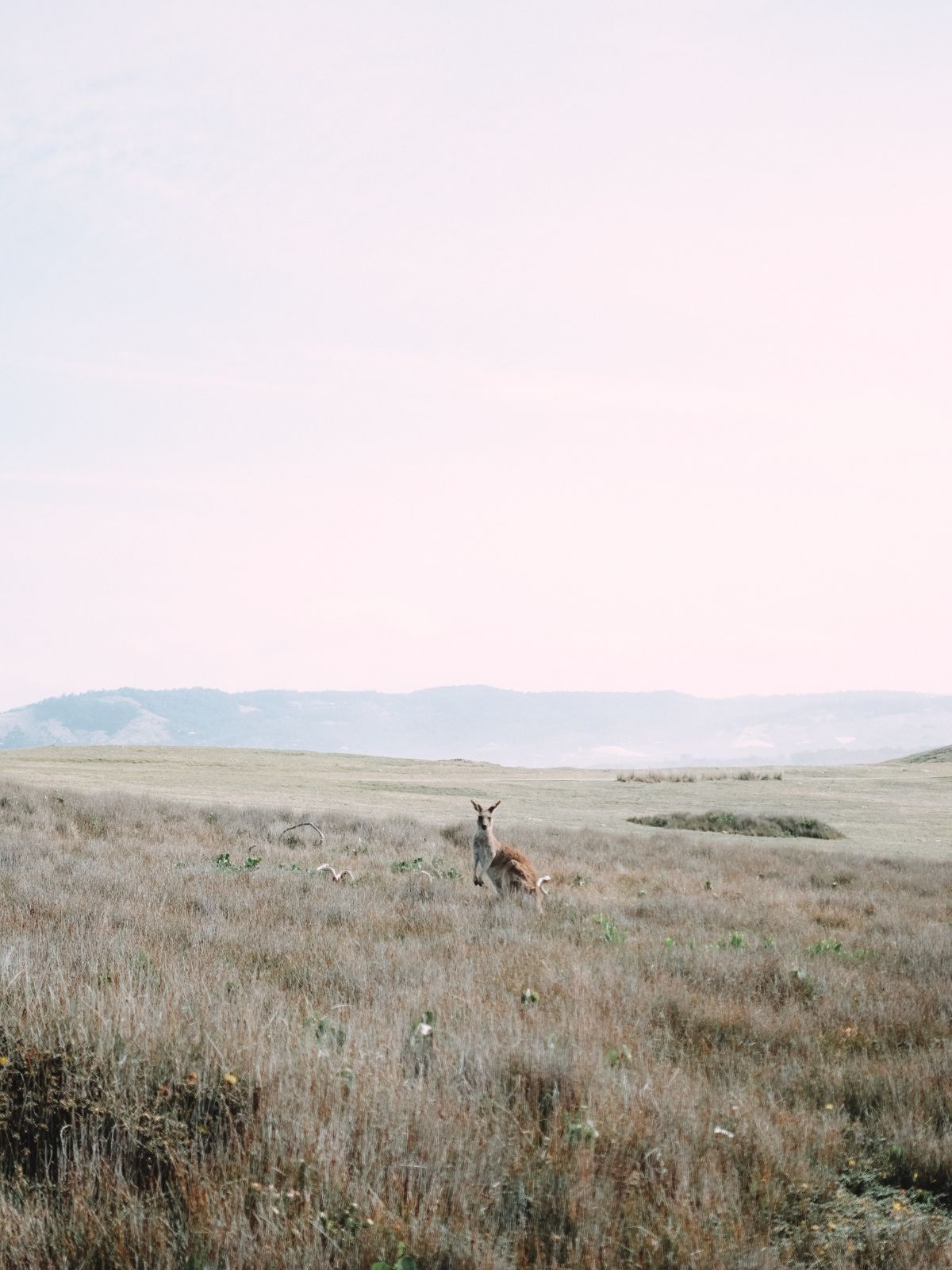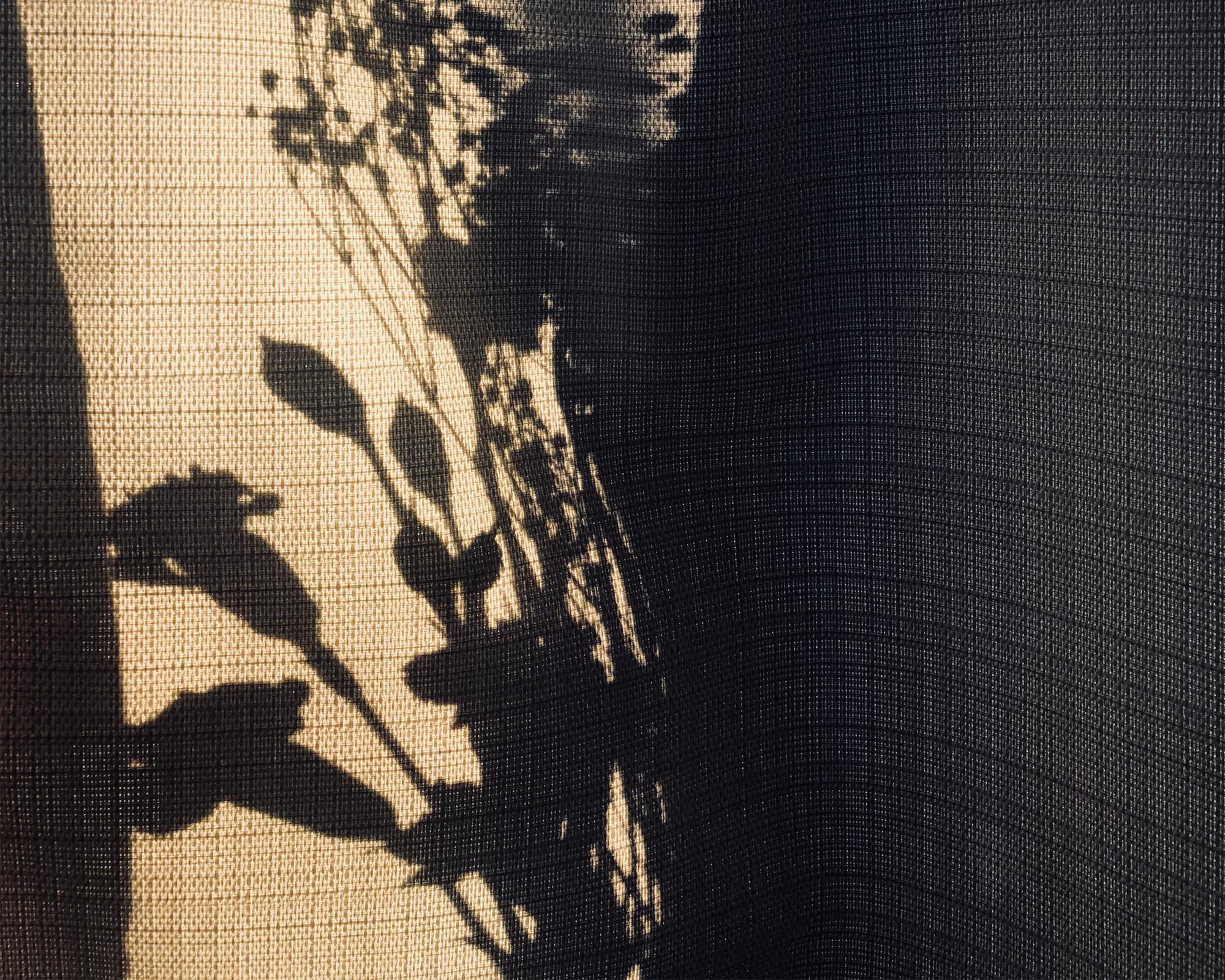Lots of materials are marketed as sustainable, but what’s really green and what’s merely greenwashing? And how do you keep track of lower impact materials when the landscape is changing to rapidly? Below, we’re explaining the key sustainability points you should know about some of the most popular lower impact fabrics, including recycled cotton, organic linen, organic hemp, TENCEL Lyocell, and more.
The lower impact materials landscape in 2025
What’s in a label? What do we look for when we’re choosing more sustainable clothes? Whether you’re a clothesmaker or a fashion lover, opting for more responsible fabrics is one area that can have a tangible impact on the wellbeing of people, the planet, and animals.
Lower impact materials (sometimes also called preferred materials) are less resource- and energy-intensive and don’t have a significant impact on people, the planet, and animals once they’re in circulation—when cared for and disposed of correctly, that is.
But there’s a lot of debate about which fabrics really are better. Does plant-based always equal good and synthetic equal bad? What new and innovative materials are backing up their claims with evidence?
On top of that, the landscape of lower impact materials is continually changing, as startups creating new, potentially lower-impact materials struggle to secure investment, scale up their production, and prove the viability of their product from both a sustainability and longevity perspective.
Circulose, for instance, was one of the most promising alternative materials—a new man-made cellulosic fibre created entirely from textile waste. But its parent company, Renewcell, shuttered in 2024 after facing economic and business challenges. It has now found a new owner, but this only highlights the difficulties that innovators face when trying to bring a new, lower impact material to the fashion market.
Scroll on to read the key things you need to know about today’s most popular lower impact materials.
Plant-based fibres
Recycled cotton
Cotton is one of the most common fabrics in the world. This plant-based fibre is light and breathable, which makes it a wardrobe staple. But growing cotton can be problematic: conventional cotton is one of the thirstiest and most chemical-intensive crops to grow. It requires a lot of pesticides and, as a result, harms the planet and the people who grow it.
Organic cotton can be a lower impact alternative to conventional cotton and its popularity is increasing. In theory, it minimises the environmental impact of production by removing harmful pesticides and other chemicals from the process, but certifications aiming to assure brands and consumers of organic status have been called into question over the years. It’s not unusual for certifications to be criticised and investigated, and it’s important to keep in mind that while they aren’t a silver bullet, they can provide a good starting point for recognising better practices.
But if you’re looking for the most responsible cotton, go for recycled. Recycled or upcycled cotton is made using post-industrial and post-consumer cotton waste. According to the Textile Exchange’s Preferred Fiber and Materials Market Report 2022, recycled cotton is a lower impact alternative to both conventional and organic cotton. It has the potential to help reduce water and energy consumption, as well as help keep cotton clothes out of landfills. That said, it’s not as easy to find as other types of cotton: “In general, organic cotton is more available compared to recycled cotton because of limitations/gaps within textile-to-textile recycling supply chains,” explains Jessica Ouano, ratings analyst at Good On You.
Organic hemp
It seems like hemp is everywhere at the moment. Marijuana’s “sober cousin” is extremely versatile: it’s used as a food, a building material, in cosmetics, and it has been cultivated and used for hundreds of years as a fabric. Hemp helps keep you warm in winter, cool in summer, and gets softer the more you wash it, making it a great option for pieces that will stay in your wardrobe rotation for years to come.
The great thing about hemp is that it’s grown all around the world, and it requires very little water, no pesticides, and naturally fertilises the soil it grows in—making it much better for the environment than some other crops. However, it’s important to be aware that hemp isn’t always organic, and many farmers still use environmentally damaging fertiliser. When buying hemp, make sure it’s organic and thoroughly study the brand you’re considering buying from.
Organic linen
Linen is another plant humans have been cultivating for centuries. Similar to hemp, it’s derived from a very versatile crop: the flax plant. Linen requires minimal water and pesticides, and even grows in poor quality soil. Plus, every part of the plant is used, so nothing is wasted.
But because of the dense nature of the fibre, to get a pure white linen, it has to go through a heavy bleaching process. Unbleached linen, which has a beige or grey colour, is usually more environmentally friendly, therefore.
Linen is strong, naturally moth-resistant, and—when untreated and undyed—fully biodegradable. In addition to being lower impact, it is also lightweight and feels great to wear in warm climates thanks to its absorbency and quick-drying nature. What’s not to like?
TENCEL Lyocell
TENCEL Lyocell is a man-made cellulosic fibre (MMCF) created by dissolving wood pulp. The fibre is produced by Austrian company Lenzing AG. It’s been growing in popularity recently, and according to Textile Exchange, it was the third-most used kind of MMCF in 2022. TENCEL Lyocell is said to be more absorbent than cotton, and requires less energy and water to produce. Plus, the chemicals used to produce the fibre are managed in a closed-loop system. This means the solvent is recycled which reduces dangerous waste.
TENCEL Lyocell has moisture-wicking and anti-bacterial properties, making it a perfect activewear alternative to pesky polyester.
Animal-derived materials
Recycled wool
Wool is a durable animal-derived fibre known for its longevity, warmth, and comfort. In its original form, wool is a resource-intensive material to produce and has associated ethical concerns.
Recycled wool, like that traditionally processed in Italy by Manteco, reduces the environmental and ethical impacts significantly and, with so much of the fibre already in circulation, is becoming a desired recyclable option.
It’s also diverse and easy to blend with other fibres to achieve difference fabric characteristics. The industry is beginning to see less demand for virgin wool with the higher value placed on discarded garments or offcuts in the manufacturing process.
New and alternative materials
ECONYL
Another recycled material to consider is ECONYL, which is a chemically recycled nylon material.
Created by Italian firm Aquafil, it is derived from recycled synthetic waste such as industrial plastic, waste fabric, and fishing nets from the ocean. Despite being derived from recycled materials, ECONYL yarn is said to be of the same quality as virgin nylon yarn.
The manufacture of ECONYL uses less water and generates less waste than manufacturing conventional nylon. In the manufacture of ECONYL, waste is collected, cleaned, shredded, and then depolymerised to extract a raw material called caprolactam. The caprolactam is then repolymerised and transformed into ECONYL yarn.
A clear downside of ECONYL is that—like other synthetics—it releases microfibres, so it isn’t the best choice for clothing that is frequently machine washed, though it can be a practical and lower-impact option (compared to virgin synthetics) for shoes or clothing that is rarely washed, such as outerwear. Pick yourself up a Guppy Bag for when you must machine wash.



















